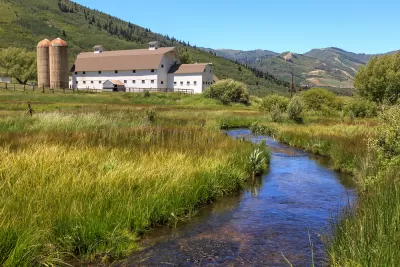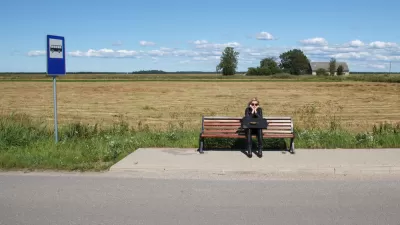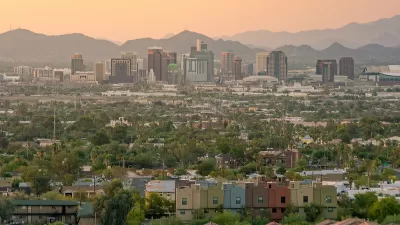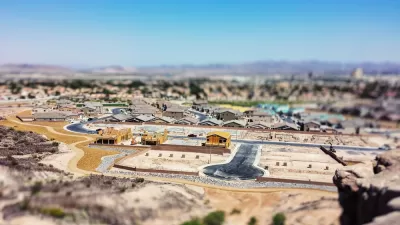Urban vs. rural is just one example of the many false dichotomies presented as fact during the presidential campaign. A more nuanced understanding of these terms reveals more of the country's real character.

"Notwithstanding…political divisions, a close look at the data shows that urban and rural America are not as distant, economically or geographically, as the rhetoric may suggest," according to an article by Alan Berube.
To back up that argument, Berube calls on the definitions used by the U.S. Census Bureau to distinguish between urban and rural. "The Bureau classifies more densely developed areas as urban, and identifies large clusters of urban territory (with populations exceeding 50,000) as 'urbanized areas.' Urbanized areas, in turn, form the basis for identifying metropolitan areas, which approximate regional labor markets…" Areas that don't meet urban densities are classified as rural.
The catch, however, is that many of those rural areas are included in metropolitan areas. In fact, according to Berube, 54 percent of people living in areas classified as rural also live in metropolitan areas. "These 32 million residents of rural communities are thus part of wider labor markets that cluster around one or more cities, and most of them likely live within a reasonable commuting distance of those cities," writes Berube.
Rather than trying to make rural communities seem more urban, however, Berube's argument serves to prove the proximity, economically and geographically, of urban and rural communities.
FULL STORY: Political rhetoric exaggerates economic divisions between rural and urban America

Alabama: Trump Terminates Settlements for Black Communities Harmed By Raw Sewage
Trump deemed the landmark civil rights agreement “illegal DEI and environmental justice policy.”

Planetizen Federal Action Tracker
A weekly monitor of how Trump’s orders and actions are impacting planners and planning in America.

Why Should We Subsidize Public Transportation?
Many public transit agencies face financial stress due to rising costs, declining fare revenue, and declining subsidies. Transit advocates must provide a strong business case for increasing public transit funding.

Understanding Road Diets
An explainer from Momentum highlights the advantages of reducing vehicle lanes in favor of more bike, transit, and pedestrian infrastructure.

New California Law Regulates Warehouse Pollution
A new law tightens building and emissions regulations for large distribution warehouses to mitigate air pollution and traffic in surrounding communities.

Phoenix Announces Opening Date for Light Rail Extension
The South Central extension will connect South Phoenix to downtown and other major hubs starting on June 7.
Urban Design for Planners 1: Software Tools
This six-course series explores essential urban design concepts using open source software and equips planners with the tools they need to participate fully in the urban design process.
Planning for Universal Design
Learn the tools for implementing Universal Design in planning regulations.
Caltrans
Smith Gee Studio
Institute for Housing and Urban Development Studies (IHS)
City of Grandview
Harvard GSD Executive Education
Toledo-Lucas County Plan Commissions
Salt Lake City
NYU Wagner Graduate School of Public Service





























